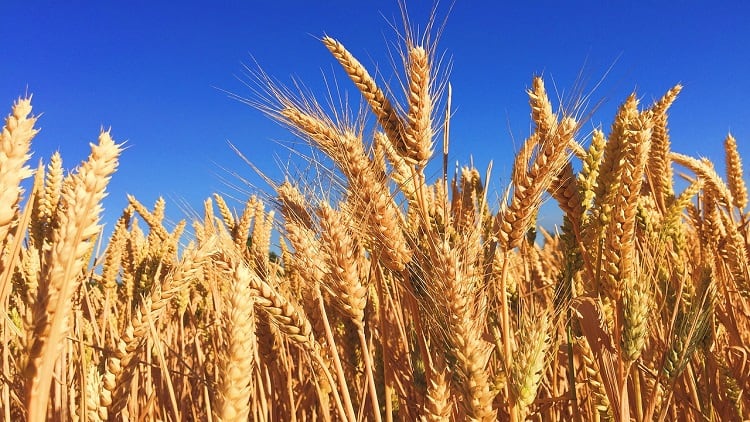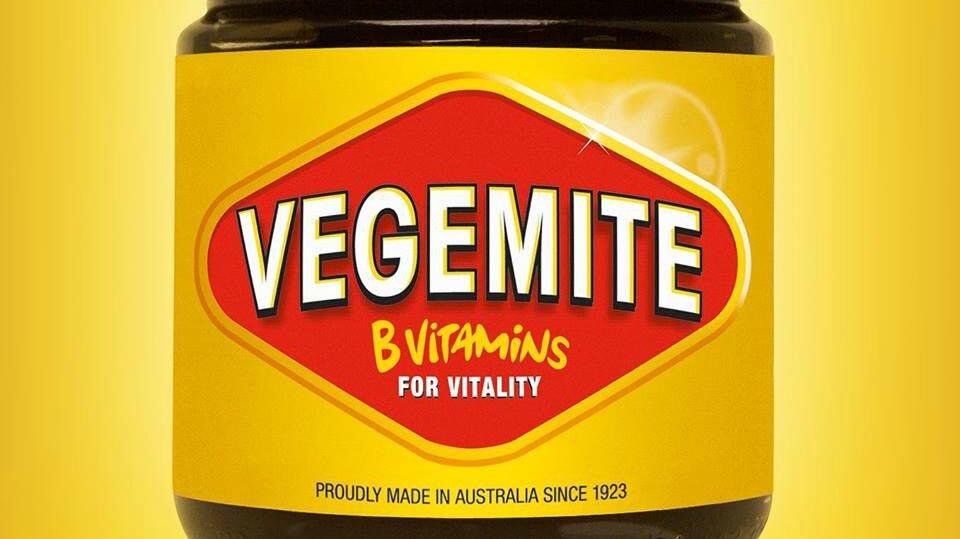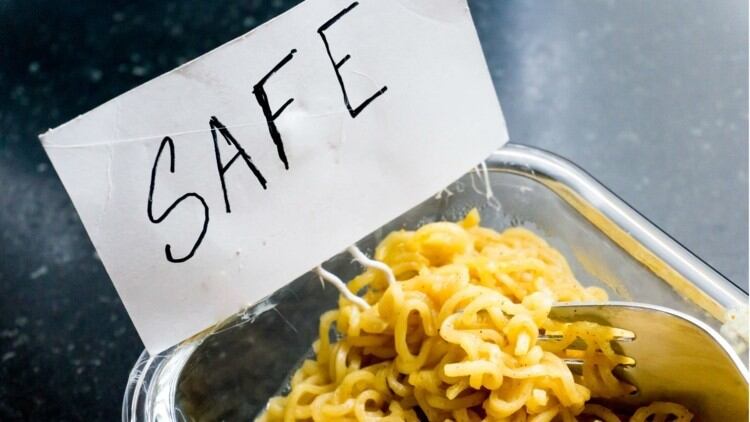“FSSAI is also considering removing of low gluten foods category where foods are specially processed to reduce gluten content to a level 20-100mg/kg and its labelling provisions, as low gluten foods also poses a risk to people with celiac disease. These will be notified soon,” an FSSAI official said in response to queries from FoodNavigator-Asia.
As for the people who will be involved in the drafting of the directives, the official said there are members who are experts in specific domains in FSSAI’s Scientific Committee and Scientific Panels.
“Standards are developed after detailed deliberations including stakeholders’ consultations. It’s a very transparent procedure,” the official said.
CEO of FSSAI Pawan Aggarwal also told local media Times of India that they have reviewed current practices, and found many products bearing dubious labels, such as “low gluten”.
He explained that a product meant for individuals suffering from wheat allergy needs to be completely gluten-free, instead of bearing terms such as “low-gluten”.
In addition to drafting new directives, there are also plans to conduct spot checks to verify whether companies are genuinely selling products that are completely gluten-free.
According to the FSSAI official, around 1% of the Indian population is allergic to gluten and may develop the celiac disease.
In general, the population is not aware of this condition and needs to be educated through sustained awareness campaigns.
“The susceptible population needs products that are free from gluten or are made from those cereals which do not contain gluten.”
Current regulations
According to a 2016 notification made to amend the Food Safety and Standards (Food Products Standards and Food Additives) Regulations, 2011, gluten free food refers to food that “consist of or is made of one or more ingredients containing rice, millets, ragi, pulses or legumes.”
To be qualified and labelled as a gluten-free food, the gluten levels in food should also be below 20mg/kg.
These products should also bear the label declaration as spelled out in the FSSAI’s packaging and labelling regulations.
In addition, the gluten-free products should adhere to labelling requirements.
For example, a food which is suitable for use as part of a gluten free diet shall not be named as “special dietary”, “special dietetic” or any other equivalent term. Instead, gluten-free products may be labelled as “this food is by its nature gluten-free”.
India’s urgent need for gluten-free
Gluten-free products are especially catered to individuals suffering from celiac disease, which is characterised by the intolerance to wheat.
Celiac disease patients will need to adhere to a 100% gluten-free diet. Allergic symptoms include diarrhoea and may even worsen to gastro-intestinal cancer.
However, in the case of India, while the country has the largest population of celiac disease sufferers in the world, researchers pointed out that the amount of gluten-free food available in the country was not matching demand.
The lack of gluten-free products was attributed to high product prices, the lack of awareness about the products, and an inefficient value chain for gluten-free products.





